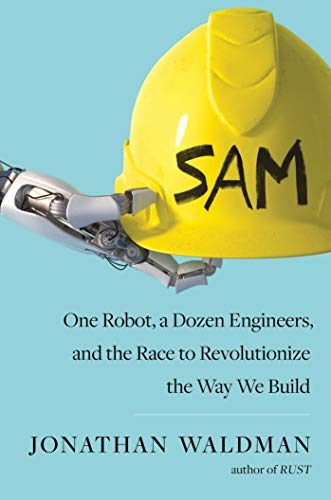Humans have landed men on the moon, programmed cars to drive themselves, and put the knowledge of our entire civilization in your back pocket. But no one—from MIT nerds to Army Corps engineers—has ever built a robot that can lay bricks as well as a mason. Unlike the controlled conditions of a factory line, where robots are now ubiquitous, no two construction sites are alike, and a day’s work involves countless variables—bricks that range in size and quality, temperamental mortar mixes, uneven terrain, fickle weather, and moody foremen.
Twenty-five years ago, on a challenging construction job in Syracuse, architect Nate Podkaminer had a vision of a future full of efficient, automated machines that freed men from the repetitive, toilsome burden of laying bricks. (Bricklayers lift the equivalent of a Ford truck every few days.) Offhandedly, he mentioned the idea to his daughter’s boyfriend, and after some inspired scheming, the architect and engineer—soon to be in-laws—cofounded a humble start-up called Construction Robotics. Working out of a small trailer, they recruited a boldly unconventional team of engineers to build the Semi-Automated Mason: SAM. In classic American tradition, a small, unlikely, and eccentric family-run start-up sought to reimagine the behemoth $1 trillion construction industry—the second biggest industry in America—in bootstrap fashion.
In the tradition of Tracy Kidder’s The Soul of a New Machine, SAM unfolds as an engineering drama, full of trials and setbacks, heated showdowns between meticulous scientists and brash bricklayers (and their even more opinionated union), and hard-earned milestone achievements. Jonathan Waldman, acclaimed author of Rust, brings readers inside the world of the renegade company revolutionizing the most traditional trade.











